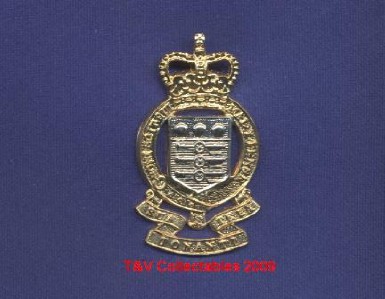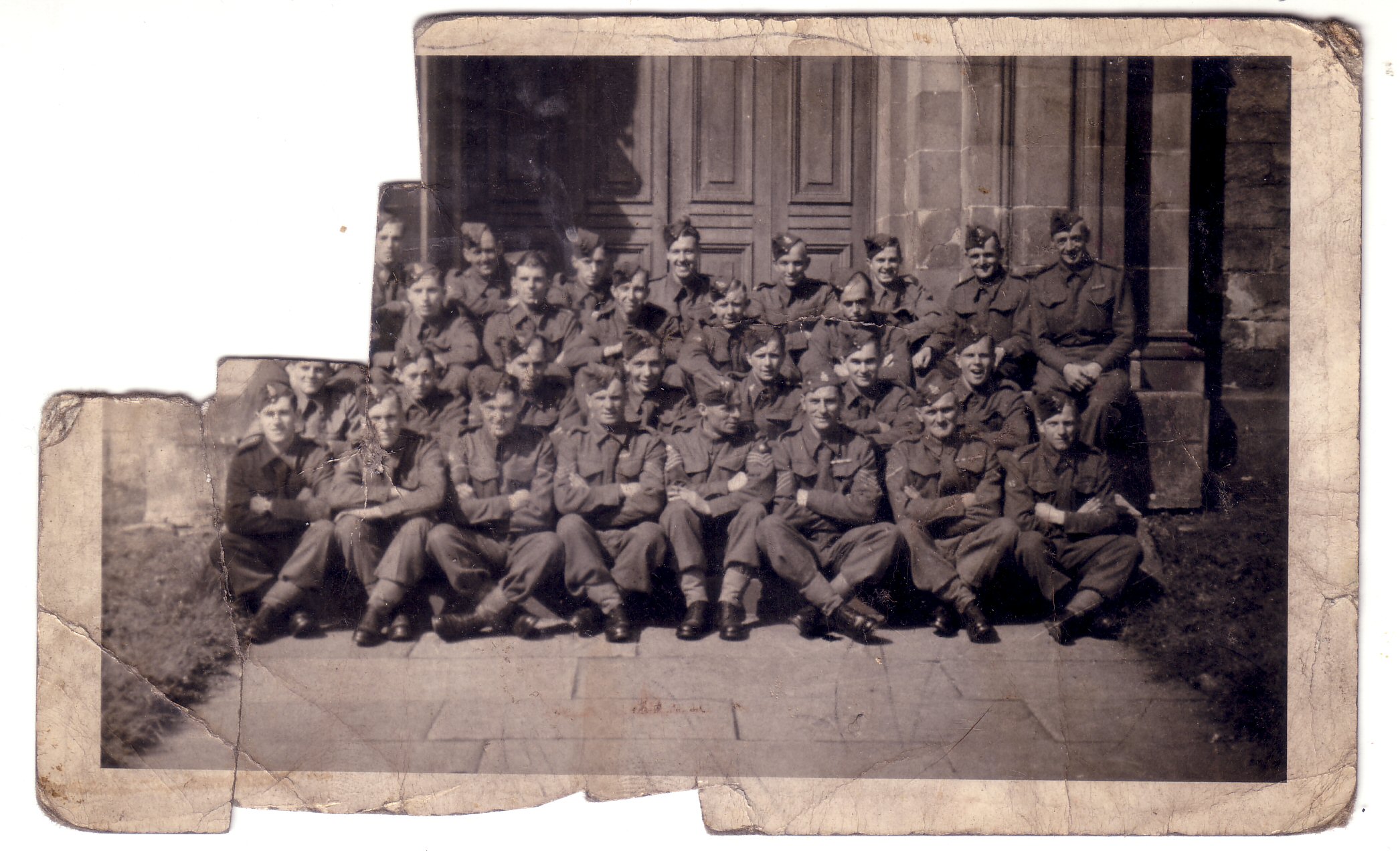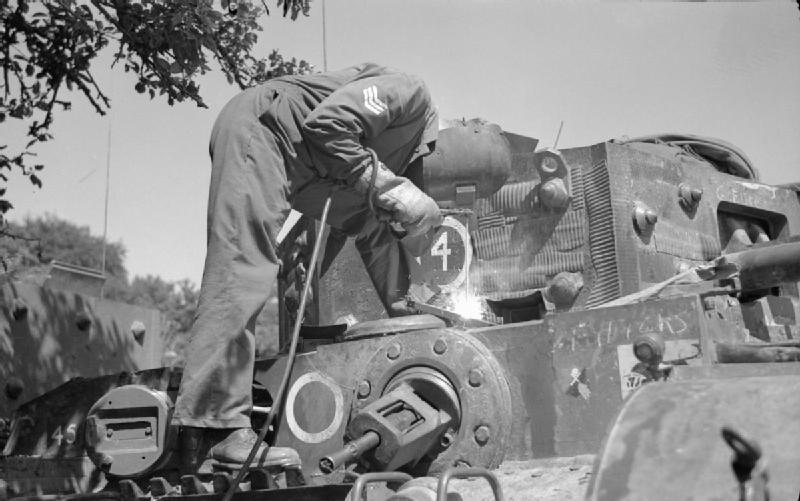
Chapters
Click on any link shown in Blue and then use the Back Button to return to this Page
Bovington 1939
RAOC (Royal Army Ordnance Corps) Technical Training

Royal Army Ordnance Corp (R.A.O.C.)
After W.W.1 the lack of skilled tradesmen became noticeable and after various committees and conclusions were made. The recommendations that the armies need for more mechanical, technical, electrical and craft trades could be eased with the training of young men in military apprenticeships.
So the training of young tradesmen in the Army is by no means a recent innovation. Prior to World War II Artificers R.A., Armourers R.A.O.C. (both specialist trades) and other tradesmen for technical corps were trained at Woolwich, Hilsea and Chepstow. The boys were taken direct from school and taught a trade in a manner similar to industrial practice; except that the military apprentices were also trained as soldiers so that they could take their proper place in the regiments or corps to which they would eventually be posted. With mechanisation going ahead it was clear, by the early 1930s, that the Army would be unable to obtain enough tradesmen for its needs from adult enlistment and existing apprentice training units. Two hundred RAOC Fitter Apprentices were recruited and enlisted on 1st October 1936 of whom 100 started their training at Bramley and 100 at Hilsea. During the summer of 1939 around one dozen Bramley apprentices went to Woolwich to be trained as Instrument Mechanics, whilst the rest of the Bramley first intake, and a few of the Hilsea intake, proceeded to Aldershot to complete their training. Some older apprentices who completed training in 1939 served in France with the B.E.F. in various RAOC Ordnance Field Parks and Workshops. There was still a shortage of specialist soldier – tradesmen however, so it was decided to build three new Army Technical Schools at Arborfield, Chatham (never completed) and Jersey (abandoned in 1939). These schools were to produce tradesmen for the special needs of the R.A.O.C., R.E. and R.A.S.C. respectively. By 1st May 1939 the almost completed Aborfield School was ready for its first intake of 400 boys who were badged R.A.O.C. Later that month the square was completed but the workshops were not finished until June.

Picture of my Dads Unit R.A.O.C
But with the outbreak of War imminent the Army began to offer Training in a skilled Trade as part of the Army Reserve under the "Military Training Act of 1939" . My Father signed up for four years on the 15th July 1939 to train as an Electric Welder and was , initially based at Bovington, Dorset.

Welder doing repairs to a Tank

Bovington , my father is in the middle above the man with the glasses
My father joined No 13 Sec RAOC and then was posted to the 10th AFW (Army Field Works) on the 24th October 1939 in Portslade near Brighton and was there until the 10 AFW was sent to France on the 6th April 1940 as part of the 51st Highland Division .
Link to Bovington Tank Museum http://www.tankmuseum.org/
NEXT CHAPTER : BACK TO TOP